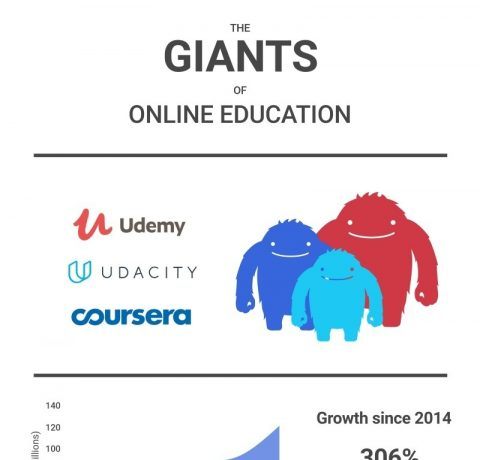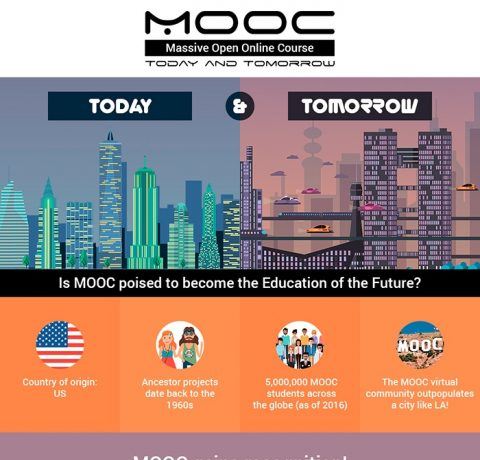How Corporations Use MOOCs Infographic
With rapid growth in the number of Massive Open Online Courses (MOOCs) and students, it was only a matter of time before corporate American sat up and took notice. The How Corporations Use MOOCs Infographic presents 7 ways corporations use MOOCs to meet some of the professional development and training needs of their work force, partners, and customers.
7 Ways Corporations Use MOOCs
1. Building Talent Pipelines.
350+ companies are paying Coursera and Udacity to identify the best and brightest students in relevant courses and refer them as possible job candidates. The webinar also cited AT&T as sponsoring the development of an MS in Computer Science at Georgia Tech in which the firm can then enroll employees.
2. Onboarding Employees.
This point gave us a bit of pause. Cited during the webinar was McAfee’s wild success in adopting the “MOOC approach” of blending formal, informal and social learning to overhaul of its 80-hour employee orientation program. However, that approach to learning is not unique to MOOCs; in fact, it predates MOOCs and is SOP within many college distance learning environments.
Then there’s the question of whether a course designed for a limited population (McAfee employees) can really be called a MOOC, which is by definition “Open” to a general population. Not all eLearning is a MOOC. As an aside, we’re wondering if we’re witnessing a real-time etymological case study. Will the term MOOC come to be applied to any online course in the same way that any tissue came to be called a Kleenex and any photocopy a Xerox?
3. Self-directed Career Development.
Deloitte, Yahoo!, Jardine Lloyd Thompson and Datalogix are cited as some of the companies that encourage employees to enroll in MOOCs for career development purposes. Not all of these companies give credit for MOOC completion, but creating a means to do so was highly recommended in the webinar.
4. Workforce Training.
Google has enrolled 80,000 employees in Udacity’s HTML5 course, a great example of using a MOOC for workforce training. Also cited was a “proprietary MOOC” developed by Aquent for its employees (if a MOOC can be proprietary and still be a MOOC). Finally, TELUS was named as an example of workforce training using “the MOOC approach,” even though the course of interest was not online.
5. Channel/Customer Education.
Some interesting developments have occurred here. SAP offers its own MOOCs to train customers and partners; because they are open to anyone who registers, these are legitimate MOOCs. The IMF has been working with edX to develop courses about debt and financial policy making for government officials. It’s not clear whether these courses are open to the public.
6. Brand Marketing.
The University of California, Irvine offers the course Society, Science, Survival: Lessons from AMC’s The Walking Dead. While this is not a first in using pop culture as pedagogical material, what’s distinctive about this course is that it is funded by AMC in order to “drive a deep sustained connection with the show.”
7. Collaboration and Innovation.
The combination of formal, informal and social learning methodologies, dubbed “the MOOC approach” in the webinar, has served as an effective tool to find solutions to real-life business problems. Over 100 companies have used the University of Virginia/Coursera platform, Coursolve, to do just that. This may be one of the most promising business uses of a MOOC.







You can adjust your cookie preferences here.